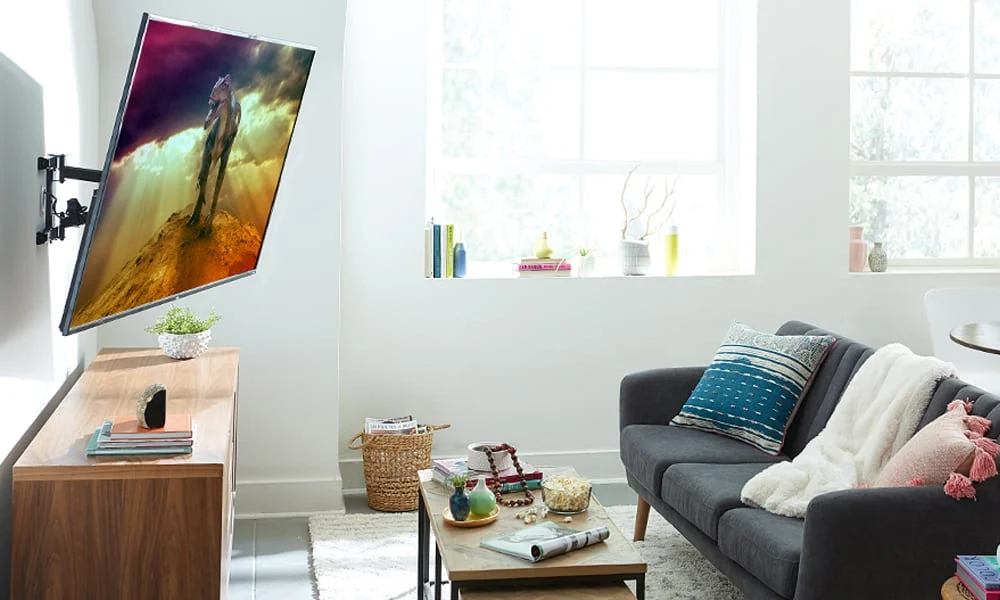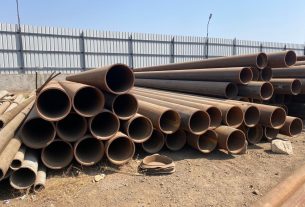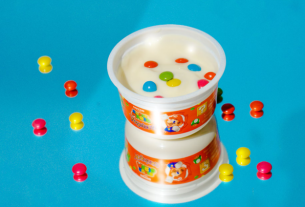Things to Keep in Mind Before Buying a TV Bracket Wall-mounting your flat-screen TV can add a sleek, modern appearance to the room and provide valuable floor space. Yet, not all TV brackets are of equal quality, and an inferior one may lead to a frustrating installation—or worse, a cracked TV or wall.
This blog will walk you through the things to consider before purchasing a TV bracket so that you make a well-informed choice, one that suits your room and holds your screen tightly in place.
Check Your TV’s Size and Weight
-
Know Your TV’s Specs
Begin with Your TV’s Size and Weight First, measure your TV’s size and weight. All TV brackets are engineered to hold a specific screen size range and an upper weight. Hanging a large or heavy TV on a bracket not designed for it is dangerous and will ultimately damage the wall.
-
Choose a Bracket That Supports More Than Your TV’s Weight
You should be able to get the weight and size of your TV in your manual or on the manufacturer’s webpage. When you do, choose a bracket that not only holds your screen but is a bit over the weight of your TV for extra security. For instance, if your TV weighs 18 kg, choose a bracket that can hold 25 kg or more.
-
What Is a VESA Pattern and Why It Matters
Check the VESA Pattern to Make Sure It’s Compatible The VESA pattern is the hole layout on the back of your TV where the bracket screws in. It’s in millimeters—such as 200×200 or 400×400—and is used to determine what brackets will actually fit your TV.
This is a critical step which everyone is prone to forget. Buying a TV bracket without checking your TV’s VESA size will lead to a poor fit or even complete incompatibility. Your TV’s VESA size can be checked from its user manual or measured on an individual basis from between the screw holes.
Ensure the bracket you are using accommodates your particular VESA pattern to prevent further inconvenience when mounting.
Types of TV Brackets and Their Best Uses
Select a Mounting Style Suitable for Your Room TV brackets can be found in a diverse range of styles, and they each have a particular function. It should be determined by the structure of your room and by your watching habits.
- A fixed bracket holds the TV against the wall, flat. It’s ideal for a streamlined look if your screen is mounted at eye level.
- A tilting bracket has a tilt function to tilt the screen up or down, which is handy if the TV is mounted above your eye level.
- Full-motion or swivel bracket gives you more flexibility—you can pull the TV out, turn it left or right, and tilt it up or down. This would be perfect for large rooms or rooms where one sits at a different angle.
Picking the right kind of TV bracket will make you a happier viewer while watching and like everything is its proper place and working in the room.
Know What’s Behind Your Wall
Before You Drill, look to see what kind of wall you have. Different types need to be hung in different ways, and some will not hold weight without special equipment or support.
When hanging from drywall, it is best to find the studs behind the drywall to gain a really secure installation. Brick or concrete walls generally require special masonry anchors or drywall screws. If you are unsure as to what is behind your walls, either hire a wall anchor professional or use a stud finder.
No matter how sturdy the actual bracket is, it’s only strong as the surface it’s mounted on. Make sure your wall is strong enough to hold the weight.
Consider Cable Access and Management
-
Plan Ahead for Port Access
Once the TV wall mount is installed, it’s difficult to access input ports—especially with fixed arm wall mounts. If you plug and unplug HDMI cables, USBs, game consoles, or other equipment frequently, include convenient port access.
-
Keep Cables Neat and Tidy
Some TV brackets permit a small cable management gap between wall and TV. Others come with clips or guides that you can install in your cables to organize them. In case your ports are found in the rear (rather than side), you might want a swivel or tilt mount in a bid to provide you with more mobility.
Good cable access doesn’t just make your life simpler, though; it also has your setup looking tidy in the long run.
Installation Should Be Easy—But Secure
Some brackets are easier to install than others. Fixed mounts tend to be the most straightforward, and full-motion brackets are more time and effort consuming. Most brackets have an instruction manual, screws, and even wall templates, but it is important to be cautious when doing things step by step.
If you’re not willing to take measurements, drill, or mount your TV on the bracket yourself, simply employ someone who does it professionally. A cheaply fitted TV bracket will lead to long-term issues—or worst case, a shattered screen.
Ensure that your bracket is immaculately level, tightly fastened, and has the correct tools at all times. Properly installed, it’ll last for years.
Don’t Compromise on Quality
It’s tempting to go for the cheapest bracket in town, but cheaper is often equated with poorer quality material. As your TV is an investment purchase, it needs a TV bracket that is rugged, solid, and durable.
Select brackets made of durable materials such as heavy-duty steel. Read product reviews and determine if the company is reliable. A good TV bracket is worth spending money on in terms of safety and peace of mind.
Purchasing a good bracket once is worth it, rather than continuously replacing a low-quality bracket that collapses.
Conclusion
Choosing the right TV bracket might seem simple, but when it’s for your home setup, every detail matters. From double-checking weight and dimensions to picking the right style and installing it properly, each step ensures your flat-screen is secure and looks great.
If you need robust, high-standard, and straightforward TV brackets, there are many reliable options available to meet your needs, and for added convenience and a streamlined look, consider a tv lift. With a strong focus on ease of fit, design, and safety, the right bracket or lift will help you get the most out of your screen without putting it at risk. Since this is something you’ll use every day, don’t take chances. Choose a bracket or lift you can rely on.




